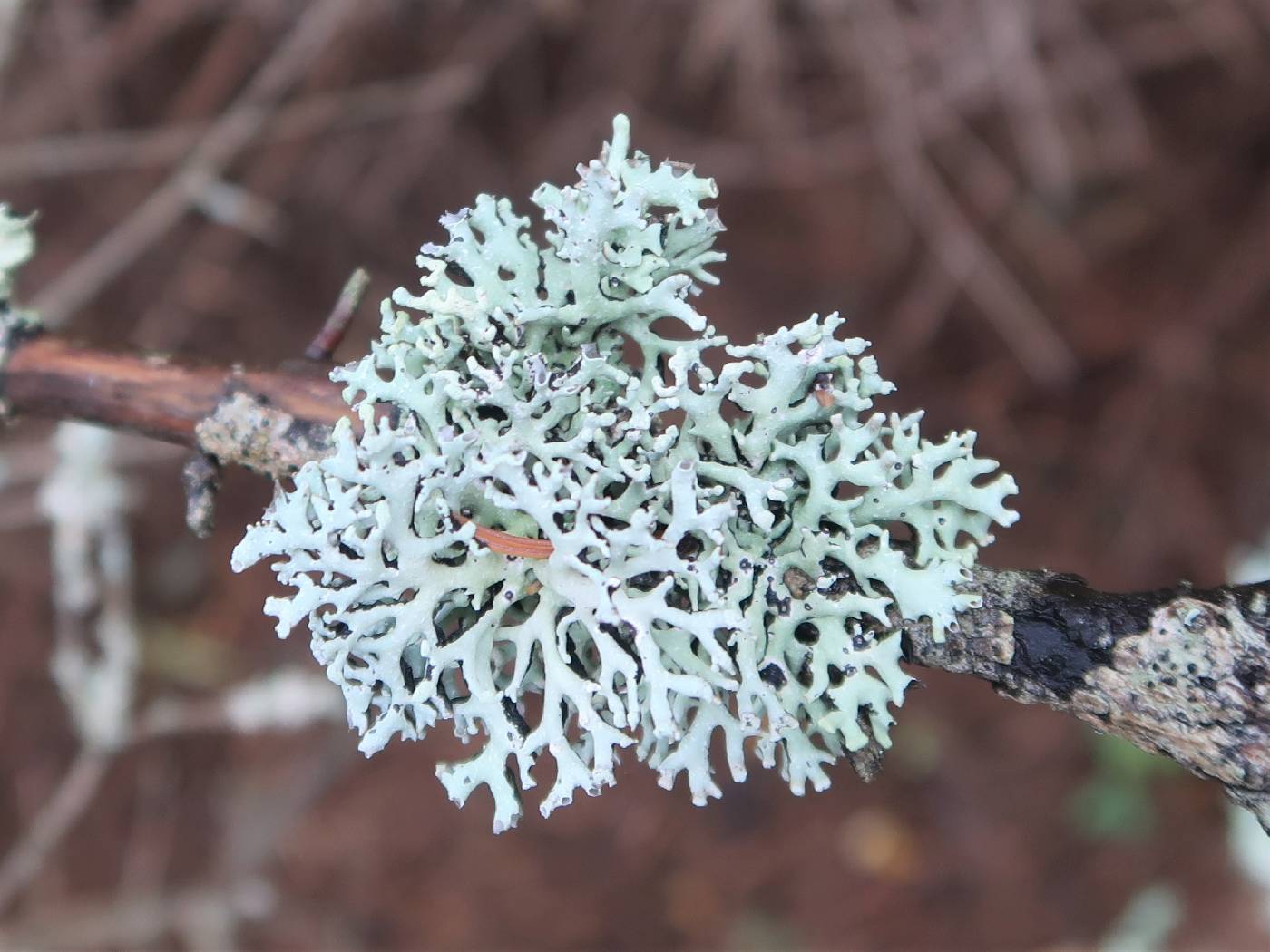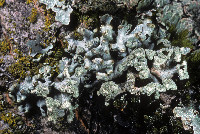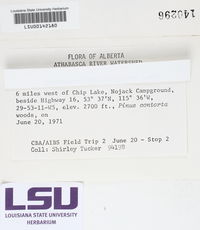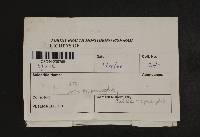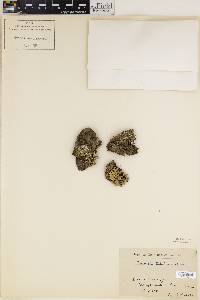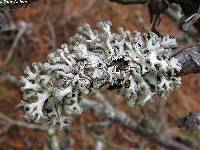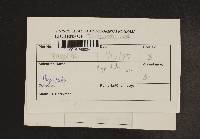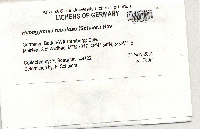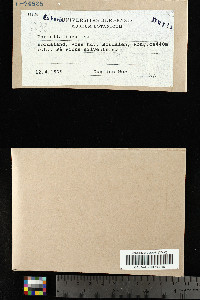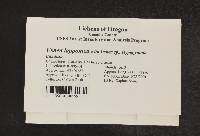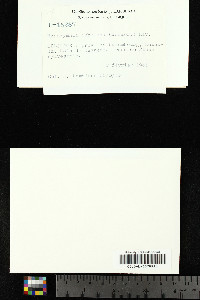
Consortium of Lichen Herbaria
- building a Global Consortium of Bryophytes and Lichens as keystones of cryptobiotic communities -
- Home
- Search
- Images
- Species Checklists
- US States: O-Z >
- US National Parks
- Central America
- South America
- US National Parks
- Southern Subpolar Region
|
|
|
|
Family: Parmeliaceae
[Ceratophyllum tubulosum (Schaer.) M. Choisy, moreCetraria tubulosa (Schaer.) B. de Lesd., Hypogymnia physodes var. tubulosa (Schaer.) Walt. Watson, Menegazzia tubulosa (Schaer.) Gyeln., Parmelia ceratophylla var. tubulosa Schaer., Parmelia physodes var. tubulosa Schaer., Parmelia tubulosa (Schaer.) Bitter, Parmelia tubulosa f. farinosa Hillmann, Parmelia tubulosa f. imbricata Erichsen, Parmelia tubulosa f. rugosorediosa Gyeln., Parmelia tubulosa f. rugososorediosa Gyeln., Parmelia tubulosa f. subtilis (Schulz-Korth) Erichsen, Parmelia tubulosa f. subvittata Frey, Parmelia tubulosa f. tubulosa (Schaer.) Bitter, Parmelia tubulosa f. verruciformis Harm., Parmelia tubulosa var. farinosa (Hillmann) Erichsen, Parmelia tubulosa var. inflata Erichsen, Parmelia tubulosa var. pergranulata Erichsen, Parmelia tubulosa var. subbitteriana Erichsen, Parmelia tubulosa var. subtilis Schulz-Korth, Parmelia tubulosa var. tubulosa (Schaer.) Bitter] |
Nash, T.H., Ryan, B.D., Gries, C., Bungartz, F., (eds.) 2002. Lichen Flora of the Greater Sonoran Desert Region. Vol 1. Thallus: erect to suberect, up to 6 (-8) cm broad; texture: cartilaginous; branching: isotomic dichotomous; budding: absent or rare lobes: separate to centrally subcontiguous, 1-3 (-4) mm broad; black border: not visible from above; profile: even; width/height ratio: 0.5-2; tips and axils: entire, upper surface: white to greenish gray, sometimes dark mottled, becoming rugose soredia: terminal, in capitate soralia; isidia and lobules absent medulla: hollow, ceiling of cavity white or dark, floor of cavity white or dark lower surface: black, sparsely perforate Apothecia: rare, substipitate, up to 2 mm in diam; stipe: urn- or funnel-shaped, loosely filled with hyphae; disc: brown ascospores: subglobose, 6-7 x 5-5.5 µm Pycnidia: sparse conidia: not seen in local material Spot tests: cortex K+ yellow, C-, KC-, P+ pale yellow, UV-; medulla K-, C-, KC+ orange-red, P-, UV- Secondary metabolites: upper cortex with atranorin and chloroatranorin; medulla with physodic acid (major), 3-hydroxyphysodic acid (major), 2'-O-methylphysodic acid (accessory, frequency about 50%). Substrate and ecology: typically on bark or wood, including conifers and deciduous trees, rarely on mossy rock or alpine sod World distribution: circumboreal, montane, and cool temperate areas; northern Asia, North America, and Europe; in North America south to southern California and central Rocky Mountains Sonoran distribution: southern California and Guadalupe Island in Baja California. Notes: Much more common northward, the species is easily distinguished by its suberect to erect lobes with soredia coating the tips. Young, pre-sorediate specimens might be confused with H. imshaugii, but that species has pure white lobe interiors and only rarely contains 3-hydroxyphysodic acid. Hypogymnia bitteri has terminal soralia but an appressed, rosette-like thallus with contiguous lobes and often an overall brownish color. |
|
|
|
Powered by Symbiota

